On October 26, 2017, the White House declared the country was experiencing an opioid epidemic.
Opioids cause the majority of drug overdoses in the U.S. In 2016, 116 people died every day because of them. You’ve probably heard the terms opioid, opiates and narcotics, but might be wondering, what’s the difference between them.
If so, keep reading because the following is a definitive guide on an opioid vs opiate vs narcotic.
Opioid vs Opiate
Opioid is a term that encompasses all drugs with a similar chemical structure to opium. It can also refer to drugs made from synthetic and semi-synthetic compounds produced to mimic the effects of opium.
The prescription drugs Fentanyl, and oxycodone are among these. Heroin and methadone are also synthetic opioids.
It has become the umbrella term for all substances with these characteristics, natural and synthetic. An opiate is derived from opium which is made from the seeds of poppies commonly found in Asia. The term opiate usually refers to drugs made from the natural compounds in opium.
Morphine and codeine are among these.
The terms opiate and opioid are used interchangeably.
Narcotic
Narcotic is a term that encompasses all opioids and opiates. Any drug that produces the effects of an opiate or an opioid (narcosis) is a narcotic, i.e. sleep or numbness-inducing substances.
The medical community used to use the term narcotic to describe prescription medications but has since stopped because of the negative connotations of the term.
Narcotic medications are prescribed to alleviate moderate to severe pain that other pain relievers can’t help. For example, oxycodone is prescribed to cancer patients to manage their pain. Fentanyl comes in the form of a patch or a lollipop and is also prescribe to cancer patients.
Codeine is often prescribed in cough syrup for patients with bronchial or respiratory ailments that cause painful coughs.
List of Opiates, Opioids, and Narcotics
Different opioid medications are prescribed for different pain levels and types. Doctors don’t prescribe opioids for headaches and minor pain complaints.
- Tramadol – name brand – Ultram
- Meperidine – name brand – Demerol
- Codeine – this medication doesn’t have a name brand.
- Hydrocodone – name brands Hysingla ER and Zohydro ER
- Hydrocodone/acetaminophen – name brands – Lorcet, Lortab, Norco, and Vicodin – street term Vikes
- Morphine – name brands – Kaiden, MS Contin and Morphabond
- Oxycodone – name brands – OxyContin and Oxaydo – street term Oxy
- Oxycodone and acetaminophen – Percocet and Roxicet – street term – Roxies
- Methadone – name brand – Dolophine and Methadose
- Hydromorphone – name brands – Dilaudid and Exalgo
- Oxymorphone – name brand – Opana
- Oxycodone and naloxone – street term – Oxy
- Heroin – not available by prescription – slang terms – H, Tar, Smack, Scag
- Fentanyl – name brands – Actiq, Duragesic, Fentora, Abstral, and Onsolis
Each drug is prescribed to alleviate a certain level of pain. This is is in order from weakest to strongest.
Addictive Drug Properties
Opioids act on the rewards centers in the brain. They trigger the release of dopamine and endorphins which produce a feeling of euphoria.
These drugs release endorphins, which literally means indigenous morphine, a feelgood chemical, which the brain naturally produces to manage pain and stress.
People can obtain the same feeling from a good workout, eating chocolate, and laughing.
Dopamine is another reward neurotransmitter that stimulates the body to perform the functions it needs to live, like eating. This is why you feel good after a meal.
Opioids stimulate an excess of dopamine to be released into the brain, which can’t be replicated naturally.
Over time, the body builds up a tolerance to the drug which leads to more frequent use at higher doses. So, what was once a one or two pill or injection a day habit becomes 10 pills or injecting every two hours.
Addicts begin using at higher amounts trying to recreate the feeling they had the first time they used–a term called “chasing the dragon.”
Increased usage often leads to overdose.
Who Becomes an Addict?
A doctor prescribes opioid medication to alleviate pain. The patient begins to take the medication as directed but begins to like the euphoria it produces.
Soon, the patient is taking more than he was prescribed and begins drug-seeking behaviors like going to different doctors and emergency rooms to get more prescriptions.
Eventually, he starts getting the drug illegally and using other opioids to obtain the same euphoria. That’s often how the addiction develops.
No one is immune to addiction.
Although there’s no way to tell who is more likely to become an addict, there are certain factors that addicts have in common:
People with a family history of drug or alcohol abuse are more likely to develop an opioid addiction. They carry certain genetic markers for an addictive personality.
Unemployment is another quality of people who develop an opioid addiction, as are people who live in poverty. The desire to escape their circumstances, even for a moment can drive the addiction.
People who have a prior history of drug or alcohol dependence are at a greater risk of misuse and addiction to opioids.
Adverse Effects of Opioids
Prolonged opioid abuse can have detrimental effects on the user.
Opioids cause sedation, nausea, and vomiting. In some cases, users who’ve taken high enough doses can vomit in their sleep and choke to death (asphyxiate).
Another adverse effect of opioids is withdrawal symptoms happen sooner in people who use opioids at a higher frequency. Users become agitated and feel ill or “dope sick” when they can’t use the drug at the rate their bodies are accustomed to.
Sexual dysfunction is common with opioid addiction. Users can lose interest in sex, or may not be able to function sexually. In some cases, infertility can result in extended opioid abuse.
Opioids suppress the respiratory system. Using higher doses increases the risk that the user will stop breathing or become hypoxic.
Breaking the Habit
Attempting to quit opioid use without the help of a healthcare provider can be dangerous and even lethal. An addict can who goes through sudden withdrawal risks seizures and hallucinations as well as nausea, vomiting, and dehydration.
In severe cases, an addict who quits cold turkey can die. So if you’re ready to kick your habit we can help.
Regardless of if you prefer the term opioid vs. opiate, you recognize the fact that it’s time to quit.
Check out our blog to learn how to find a rehab center near you or contact us for guidance at (877) 322-2450.

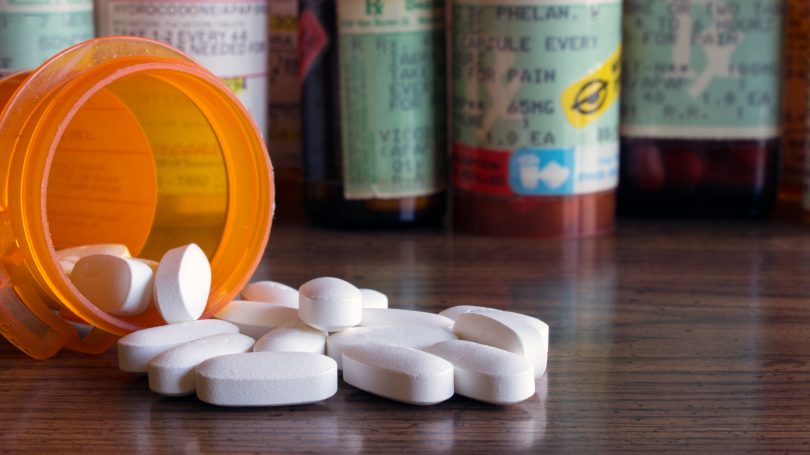
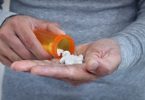
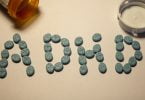

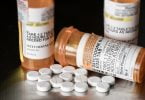

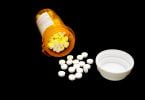











At this time it looks like BlogEngine is the preferred blogging platform out there right
now. (from what I’ve read) Is that what you are using on your blog?